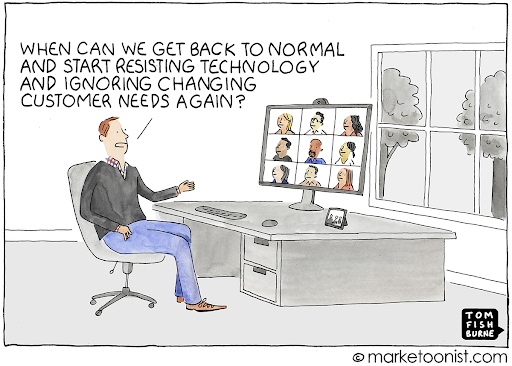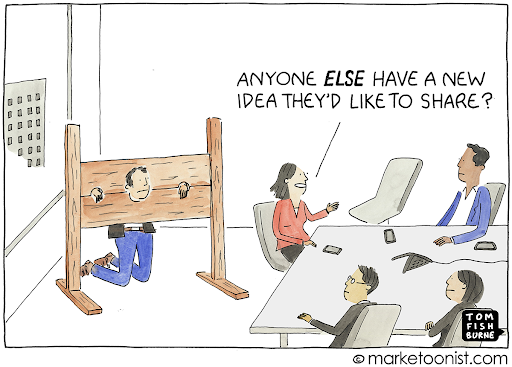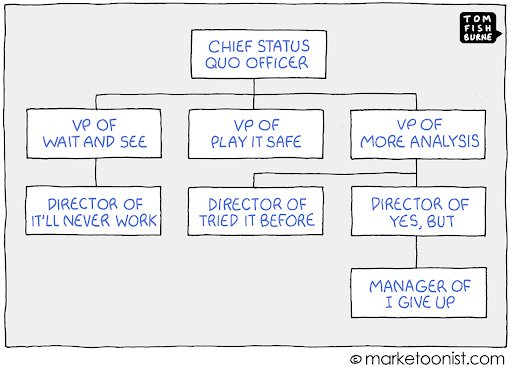By now, we’re all well aware that the nature of work, how it is done and where it is done, will be dramatically different in the coming years.
After nearly two years of dispersed workforces and workflows replaced and transformed by new technology, the expectations and behaviors of bosses, employees, and clients are going to be dramatically different. Like a champagne cork that once opened never fits back, so too there is no going back to December 2019, only going forward.
In many ways, this is a good thing. We can leave behind outdated norms like geographic limitations and the absence of discussions around the work-life balance and mental health in the workplace. However, this new working world also presents new challenges.
While more flexible hours allow employees time for errands and other life activities throughout the day, this study recently conducted by Microsoft and published in Nature Human Behavior reported that remote and hybrid working structures have extended the average time between when workers sign on and sign off by around 10%. The longer workdays are also accompanied by stronger silos, impeded knowledge sharing, and weaker communication. All of this leads to a decrease in productivity, innovation, and overall quality of work.
So the question remains: How can businesses promote collaboration and true leadership in this environment?
Un-restrain the “where” of work.

The modern workspace is real, and the future will not adapt to us. If we are to have a thriving future, we must adapt to it.
In the “Jigsaw of Return,” I discussed the concept of the “unbundled” workplace, where there are four places we work: Home, which is increasingly distant from our old offices and significantly upgraded for working; events/conferences, where we go to network, learn, and build relationships; external places, like coworking spaces or coffee shops, where we get out of our homes and collaborate with our colleagues; and the Museum, or the old office, now filled with artifacts and history, where senior managers pass down learnings and trainings, and where clients are pitched.
Unlike giants like Google, going back to the standards of pre-March 2020 makes no sense for most companies. On average, businesses need to find a way to preserve as many benefits as possible of yesterday’s model of in-office work, maintain the power of working from home during the transition to a hybrid model, and simultaneously solve for the drawbacks and challenges of each. (A mental key for every leader is to replace the phrase “going back” with “moving forward,” and push the mindset of “returning” to that of “starting anew.”)
The benefits of flexibility around the “where” of work are already apparent in some more innovative companies. For example, Matt Mullenweg, the co-founder of WordPress and its parent company Automattic, has led a distributed team since he founded WordPress in 2003 and has been vocal about the pros of the structure. In Mullenweg’s words, a distributed team allows the business to operate “with the sun,” 24 hours a day, a benefit which outweighs the challenges that come with running a distributed team and pushes the company ahead of its competitors that are bound by geography.
How much more powerful could the average team be if we actually embraced different models of working and adapted, instead of trying to fit into the previous mold?
Invest in tools that make room for stronger collaboration.

In this transitional era, experimentation and iteration are key. Remote and hybrid work are here to stay, and in order for teams to work together successfully, we will have to keep trying new practices and listening to the data that will continue to emerge until we find something that works—and that will look different for every company. Trying new structures, new flows, and, perhaps most importantly, new tools to truly reimagine every aspect of how we work is absolutely essential.
One of the most incredible things to come out of the 2020 era is the new technology that has filled the gaps left by the pandemic. In particular, tools that solve the pressing aforementioned problem—the degradation of collaboration on remote and hybrid teams—with asynchronous capabilities are vital. Not only do they help team members save time in meetings and traditional collaborative sessions, but they also encourage creative thinking from all team members.
Companies that are trying new technologies and solutions are finding innovative ways to maximize their time together by rethinking traditional meeting structures and processes. These days, the opportunity cost of clinging to the status quo is high, as efficient, productive practices will bolster the company’s bottom line.
When done right, implementing new tools will spur a reflexive process: While there might be friction upfront, implementing innovative, time-saving tools will consequently encourage further innovation from the teams that use them. Not every tool will be an immediate fit, but how many good tools are companies missing out on because the higher-ups are scared of disrupting the current flow? How much time and how many resources are we wasting by not at least opening the floor to new tools?
Replace the management mindset with the leadership mindset.

With the in-person office going the way of the dodo for many teams, surveillance-based management will play an increasingly smaller role. Instead, leading, with an emphasis on action and the growth mindset, will take center stage.
With managers now limited to a square on a screen and the occasional check-in on Slack, they need a new way to encourage—rather than enforce—productivity from anywhere. That will come from leadership that emphasizes inspiring, teaching, listening, leading by example, and celebrating those who are going above and beyond.
In the great restructuring of the past year and a half, we’ve also seen that people will follow people, not titles. The best leaders will lead with what I call TILE: Trust, inspiration, listening, and empathy.
Asking all managers to completely revamp their norms and processes is a tall order that will ultimately come down to a collective upgrading of our emotional operating system: If we are to work in a connected workplace where we add value to machines and quickly integrate with other people, we will need to ensure that our emotional operating systems, or our degrees of emotional intelligence applied to an operational structure, are continuously refined. We will need to fortify our ability to empathize, to listen, and to inspire creativity, design thinking, and storytelling, and to earn trust by following through on our vision and building a long-term reputation.
While we will be working in tandem silicon-based, data-driven, computing machines, we are carbon-based, story-driven, deeply feeling humans, and we need to leverage the aspects of our humanity that we cannot get from tools alone. In this era of work, it is our uniquely human capabilities that will define the future.
This is a guest blog by Rishad Tobaccowala, the author of Restoring the Soul of Business: Staying Human in the Age of Data and the former Chief Growth Officer of Publicis Groupe. Explore his three-part Flight Template series, "Balancing Data and Storytelling," here.
